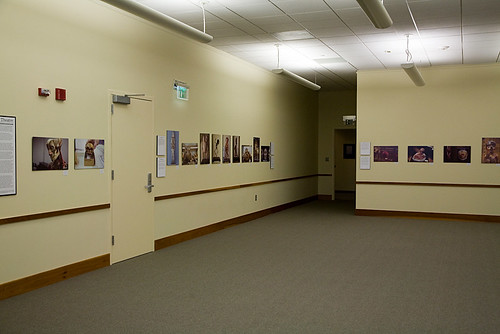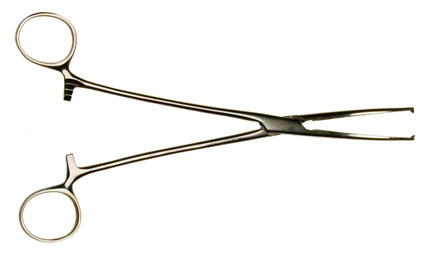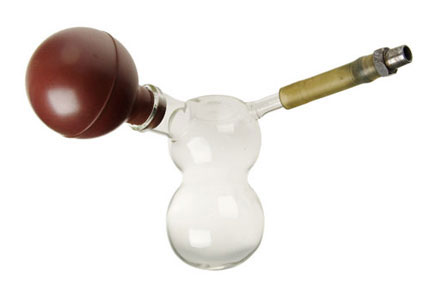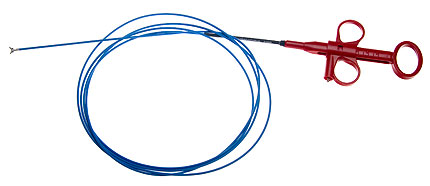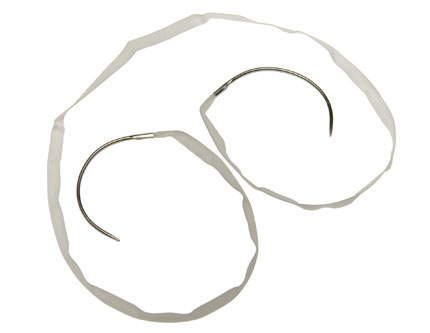With a background in the history of 20th century life sciences, I didn’t know much about museums when I took this job. But I’m gradually learning the tricks of the trade and must admit that almost everything about museums is quite fascinating, especially acquisitioning becuse it’s so close to research.
I’m much more ignorant about the administrative and economic aspects. But there is one thing about the economics of museums that has caught my interest lately, namely the way museums are entangled in the experience economy.
For example, take the travelling exhibition “Gregor Mendel: Planting the Seeds of Genetics” which was developed in 2005-2006 by the Field Museum in Chicago and which opens today on its fourth and last tour stop at the Academy of Natural Sciences in Philadelphia. Judged from the website this is a small and fairly conventional exhibit—it includes original notes, correspondences and a few artifacts from Mendel’s scientific work in the Brno abbey, they have also included some genetic art works, and a few interactives (“Try your hand at comparing the DNA of a flamingo with those of other birds to see how they’re related”), and so forth. Nice, but apparently not earth-shattering.
But the economic side is fascinating: in addition to the usual in-house operation costs, the Academy pays for transportation and insurance (which can easily be 25.000 USD or more). And on top of this, they pay for renting the exhibition, in this case 85.000 USD for 3 months.
So what’s in it for the Field Museum? Well, this particular exhibition has only been booked by four other museums, which means that they only earn a total of 340.000 USD by shipping it around the US (after having shown it to their own Chicago audience, of course). This probably equals what it cost them to develop the show in the first place, so “Gregor Mendel” is presumably a break-even.
But some of Field Museum’s other exhibitions are blockbusters. The dinosaur show “A T. rex named Sue”, developed in 1999-2000, has been to about 50 museums around the world (in two parallell copies; see tour overview here). They don’t tell the cost of renting it on the website. But if a Mendel exhibit costs 85.000 USD, you can imagine the prize of a dino show. Probably this returns a total income around 5-10 mill. USD for the Field Museum, well above their costs for developing it in the first place.
The icing on this particular dino show experience economy cake is that McDonald’s (yes, the hamburgers!) “works closely with each venue to create and support a strong local campaign of advertising, marketing, in-store promotions, and media relations to drive museum attendance” (quote from here).
Admittedly, as a state-employed historian of science/medicine I’ve so far been quite naïve about the larger economic aspects of museums of our kind. Okay, it’s one thing to join forces with a global hamburger chain to sell tickets to plastic casts of 70 mill. yr old dinosaur skeletons in local natural history museums all over the globe; and it’s another thing to co-operate with a national anaesthesiological society to make 50 year old resuscitating balloons engaging to an international anaesthesiological congress, as we are doing right now (see upcoming post in a few days). Apparently two very different museum worlds. Yet, we operate, in principle, on the same experience economical market place.
Food for thought, although I’m not quite sure where this is heading. Perhaps someone can help me to develop these thoughts further?

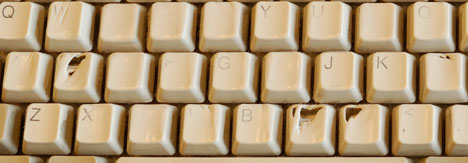
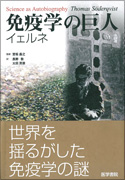

 a rather simple organic molecule used as a key monomer in the production of polycarbonate plastics.
a rather simple organic molecule used as a key monomer in the production of polycarbonate plastics.

